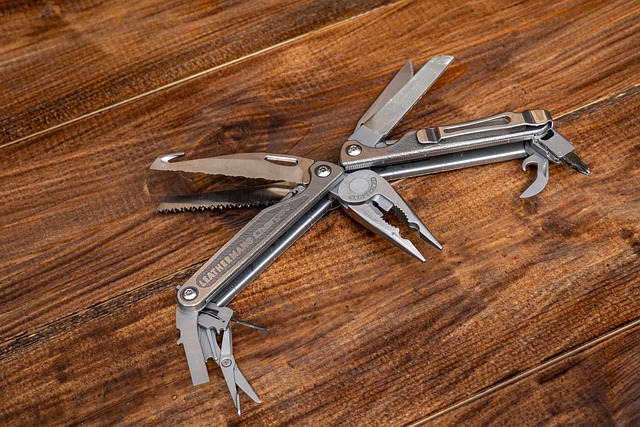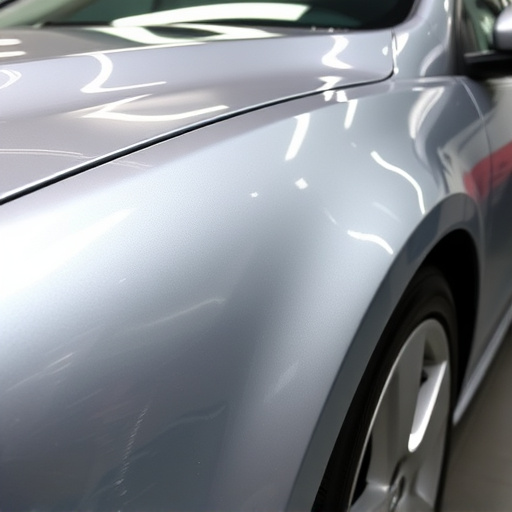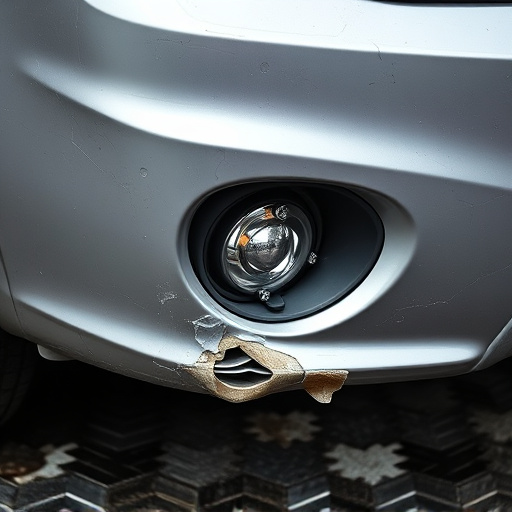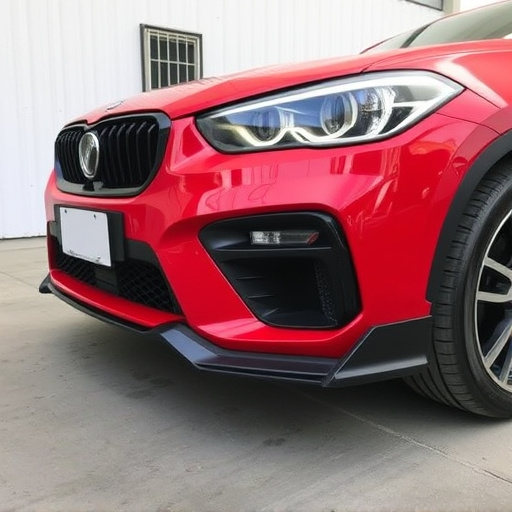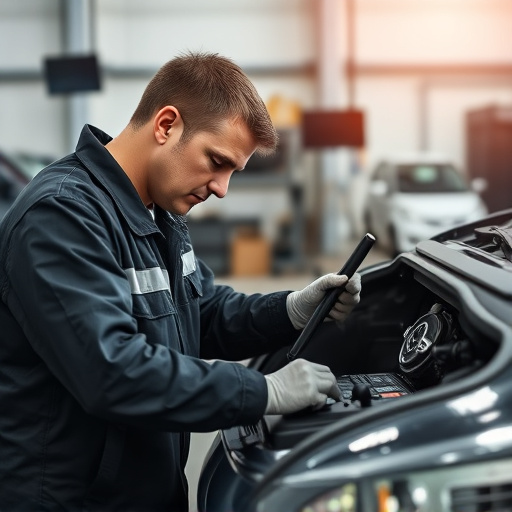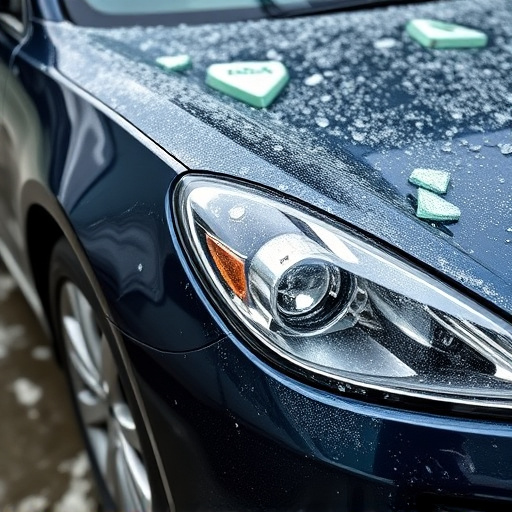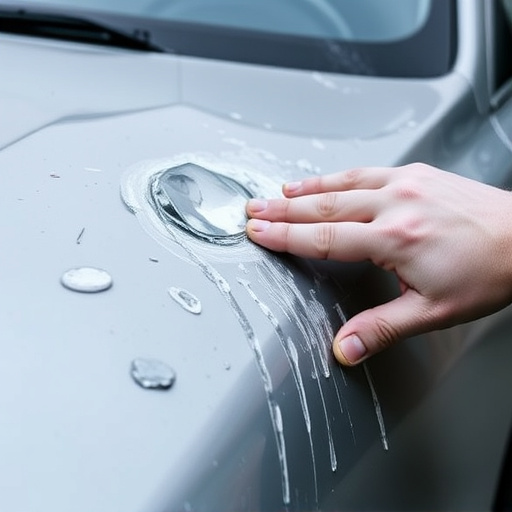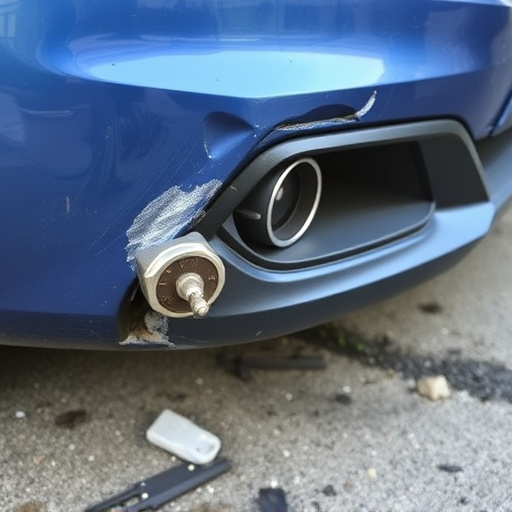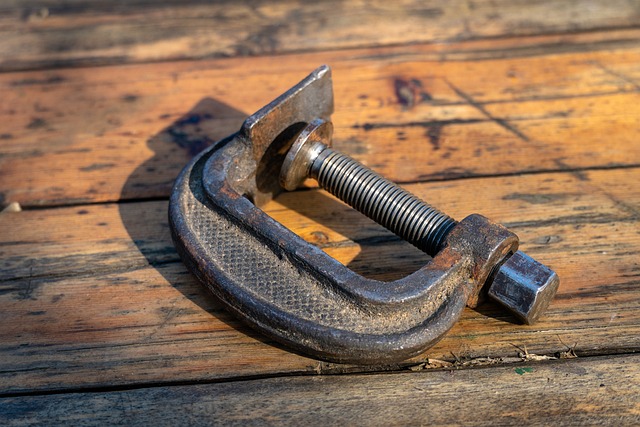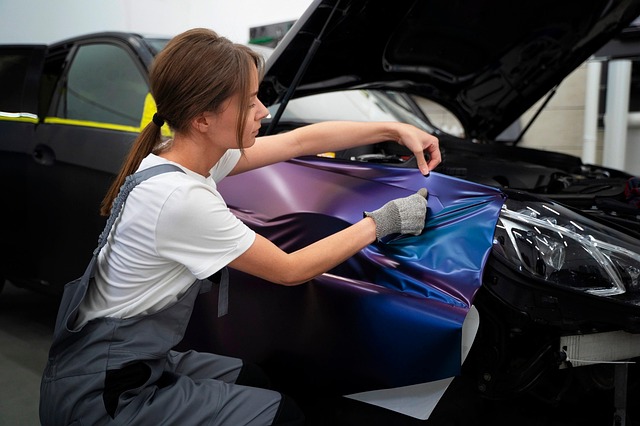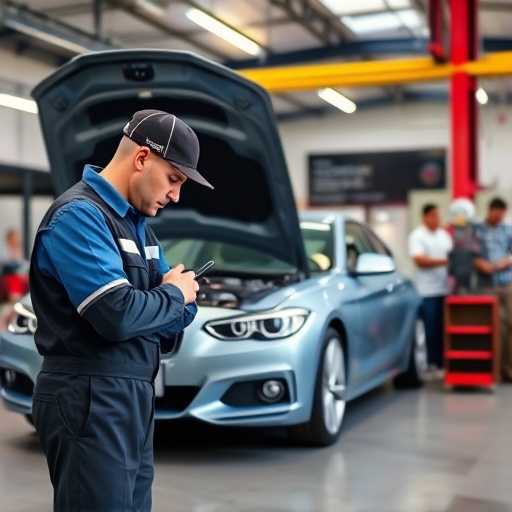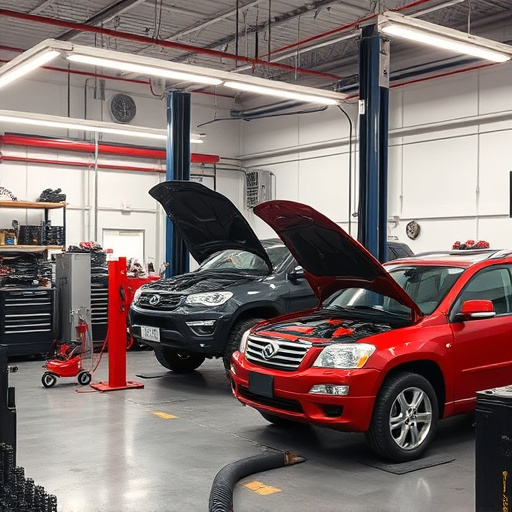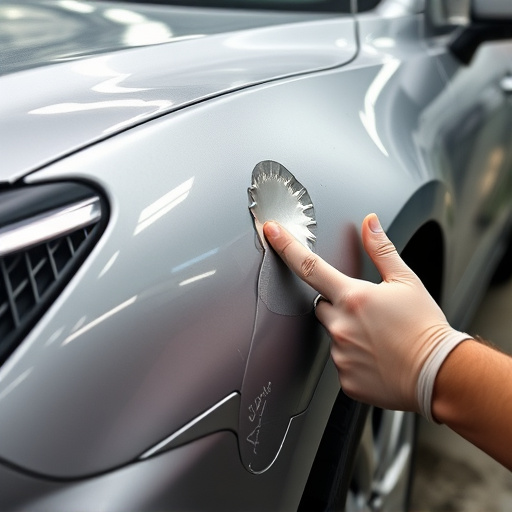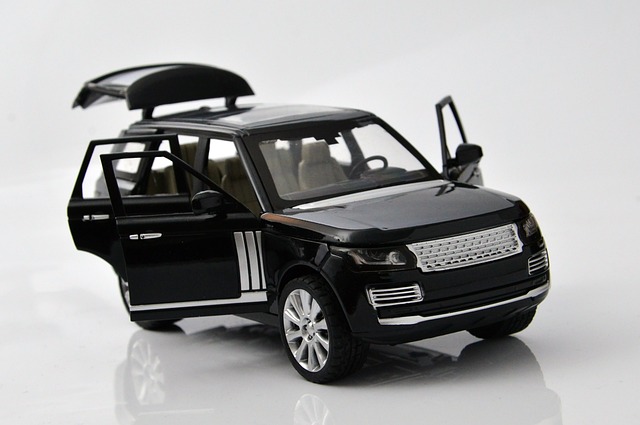Advanced welding techniques like laser and robotic systems transform auto repairs, offering unparalleled accuracy, speed, and reduced human error. These methods ensure structural integrity and aesthetic restoration in complex collision scenarios, enabling technicians to handle diverse damage from crumpled parts to frame realignments, ultimately enhancing vehicle function and appearance.
“Unleash your inner automotive wizard with our comprehensive guide to advanced welding techniques. From understanding core principles and prioritizing safety to exploring popular methods and mastering complex repairs, this guide equips auto enthusiasts and professionals alike. Discover the art of precision welding, learn specialized strategies, and enhance your skills in today’s demanding automotive landscape. Elevate your repairs with expert knowledge and innovative techniques.”
- Understanding Advanced Welding Principles and Safety Measures
- Exploring Popular Techniques for Auto Repair Projects
- Mastering Specialized Welding Methods for Complex Repairs
Understanding Advanced Welding Principles and Safety Measures
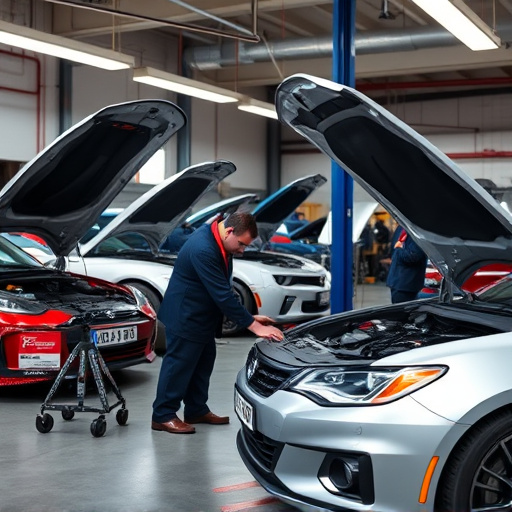
In the realm of auto repair, advanced welding techniques are pivotal for achieving precise and durable results. Understanding these principles requires a deep dive into the science behind the process, encompassing factors like material properties, heat input, and cooling rates. Each vehicle collision repair or paintless dent repair scenario necessitates tailored approaches to ensure optimal fusion. For instance, the expertise to employ various welding methods—such as TIG (Tungsten Inert Gas), MIG (Metal Inert Gas), and stick welding—is invaluable when addressing different metal types and repair complexities.
Safety is paramount in advanced welding techniques. Welders must be adept at utilizing personal protective equipment (PPE) and understanding the potential hazards associated with each process. Proper ventilation, for instance, is crucial to mitigate risks from toxic fumes generated during welding. Additionally, maintaining a clean, well-lit workspace and adhering to manufacturer guidelines for specific materials are essential safety measures that underpin successful and safe vehicle repair, whether it’s tire services or intricate bodywork restoration.
Exploring Popular Techniques for Auto Repair Projects
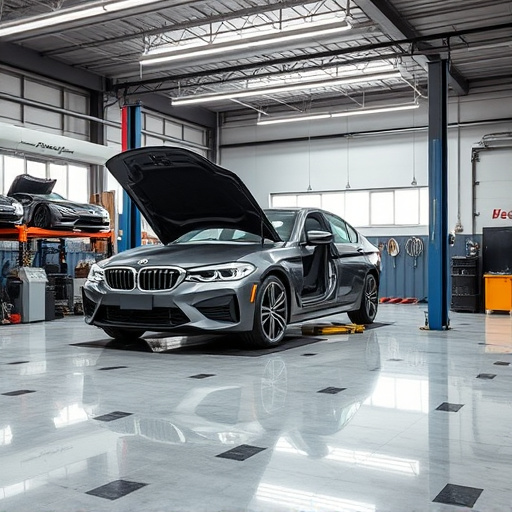
In the realm of auto repair, advanced welding techniques have become indispensable tools for achieving precise and durable results. From intricate car dent repairs to complex bumper restoration, professional technicians employ a variety of sophisticated methods to ensure every vehicle returns to its roadworthy best. One popular technique gaining traction is laser welding, which offers unparalleled accuracy and speed, making it ideal for fine detailing work on components like fenders and grilles.
Another widely used method in the vehicle body shop is robotic welding, characterized by consistent precision and high-quality joins. This automated process significantly reduces human error and increases productivity, especially during large-scale repairs or when addressing extensive damage. Whether focusing on car dent repair or bumper repair, these advanced welding techniques not only save time but also ensure a strong, seamless finish that meets the highest industry standards.
Mastering Specialized Welding Methods for Complex Repairs
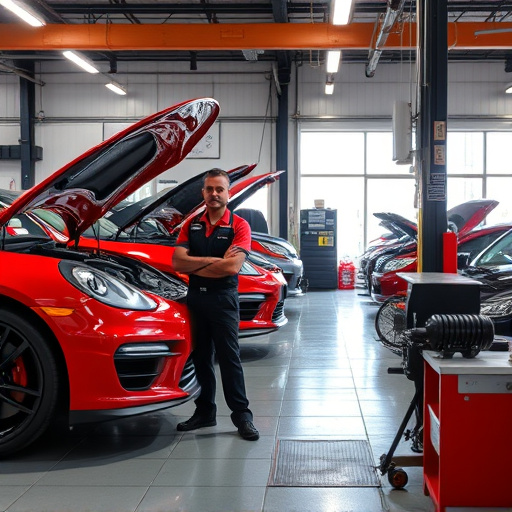
Mastering specialized welding methods is an integral part of becoming proficient in advanced auto repair, particularly for complex collision repairs and auto body replacements. These techniques require a high level of skill and precision to ensure structural integrity and aesthetic excellence. For instance, laser welding offers precise, clean cuts with minimal heat input, ideal for intricate components or fine metal work. Robotic welding systems enhance accuracy and productivity, especially in repetitive tasks, allowing mechanics to focus on more demanding aspects of collision repair.
Understanding and practicing these advanced methods empower auto body technicians to handle a wide range of vehicle damage scenarios. Whether it’s repairing crumpled fenders, replacing sideskirts, or realigning frame sections after a collision, the ability to employ specialized welding techniques ensures that vehicles not only function optimally but also regain their pre-accident appearance in collision centers.
Advanced welding techniques in auto repair not only enhance structural integrity but also open doors to intricate, precise repairs. By understanding safety principles, exploring diverse methods, and mastering specialized approaches, professionals can elevate their skills and tackle complex vehicle damage with confidence. Embracing these advanced techniques ensures better outcomes, faster turnarounds, and higher customer satisfaction in today’s demanding automotive landscape.
